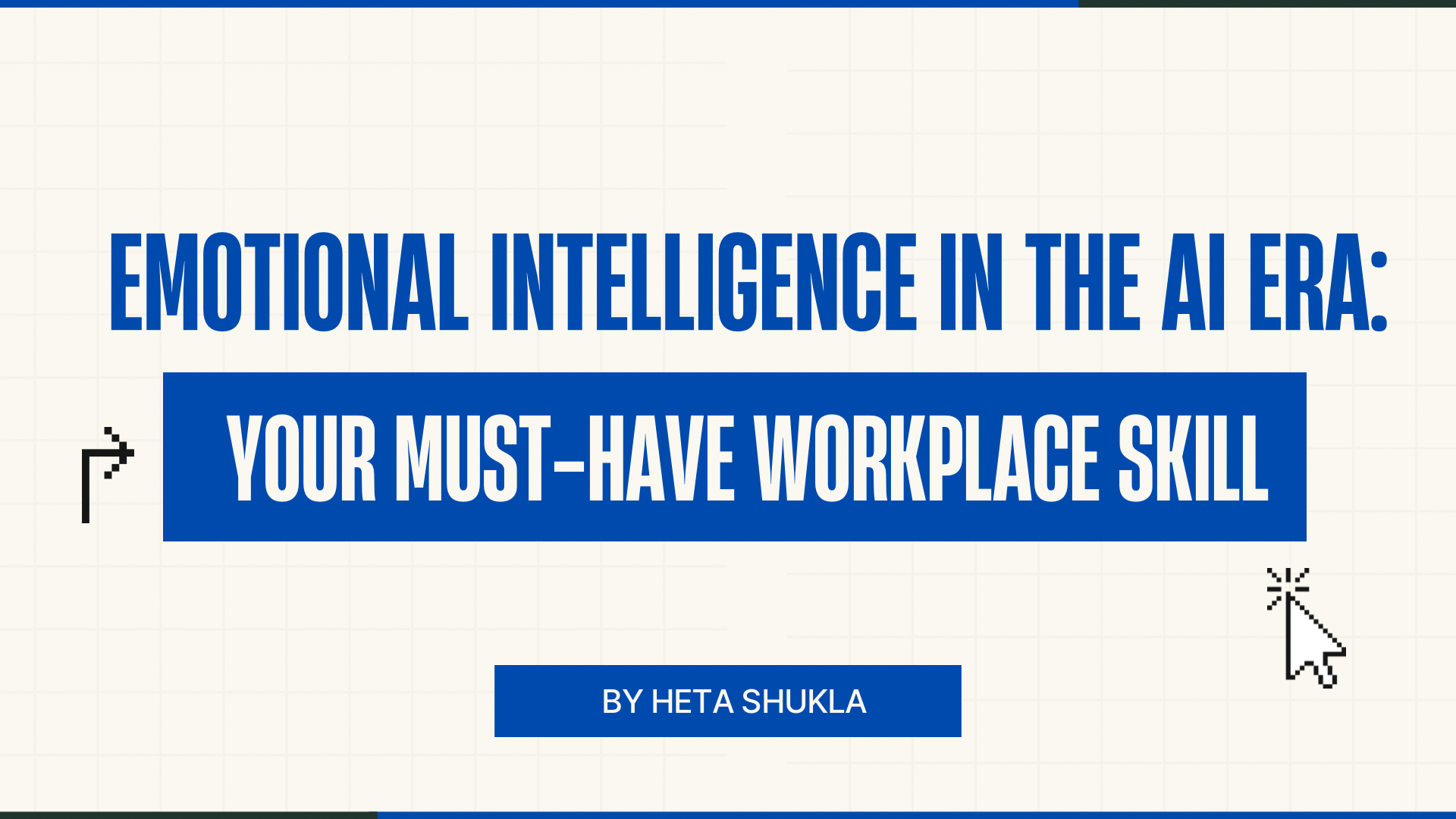Imagine walking into a training room where there is a pin drop silence, participants waiting for another ‘Lecture’ which is monotonous on a strategy game. What’s the outcome- Put a tick mark as a formality, take some feedback, the content becomes ‘Out of Sight, Out of Mind’ for them until the next ‘Lecture’. It’s actually like “To Carry Coals to Newcastle” and “To Carry Water to the Sea” meaning to engage in something which is tiresome as well as futile.
Where is Fun!!! Where is the real Learning!!! Where is the feeling of Togetherness as a Team!!! Where is the Energy!!! Where is transformation!!!
One Solution …. Welcome to the fascinating world of Corporate Training and Facilitation where Fun Meets Purpose, Where Giggles Meet Goals. There’s laughter, there are firm handshakes, Ice Breakers, Energisers, Story Telling touching the Five Senses, there is curiosity, also a bit of healthy competition—and above all that fun, something powerful is happening… Transformation.
Corporate training has always been misunderstood as a one-time knowledge transfer for Soft Skills, Emotional Intelligence and Mandatory Compliance. But in reality, it’s much deeper than a mere transfer of Knowledge — it’s all about transforming mindsets, behaviours, and business outcomes.
Here are some nuances that make the corporate trainings worthwhile:
- Context is the King – Training must align with business strategy, industry challenges, and organizational culture. Generic programs rarely create lasting impact.
- Measurement Matters – Tracking ROI through productivity, engagement, performance indicators ensure training is seen as an investment, not as a cost.
It’s not ‘Fit for All’ – Every Organization has got different problems and the solutions are going to be different. The mantra for an effective Corporate Training and Facilitation is “Understand what the customer wants rather than what skills we have as Trainers”. More the complexity of the problems and solutions – more the worth.
Let’s talk about the building blocks of the effective Corporate Training.
Corporate training today is no longer about long ppt slides or monotonous lectures and monologues. It’s all about creating awesome experiences that people remember for ever, dialogues that shift mindsets, and activities that mirror real workplace challenges. When participants burst out laughing during an ice-breaker or engrossed in an energiser, or share a “wow moment” during a role-play, it’s not just fun—it’s learning that sticks, stories that stick and sell.
The beauty of a well-crafted Corporate Training session is that it it’s a perfect blend of play with purpose, giggles with goals. Games and simulations may trigger joy, but they also reveal truths about leadership, communication, and collaboration. There should be a space for Left Brainers (Logic, Facts) and Right Brainers (Emotions, Story). The laughter and fun may fade after the sessions, but the transformation and self-realization go a long way. This is the very purpose with which corporates conduct training programs.
What are the types of Corporate Trainings – Mandatory (for compliance) for example POSH, POCSO, Task Based for example Time Management, Strategic Thinking, Nice to Have for example Soft Skills and Long-Term Developmental Training Interventions – continuous learnings and feedbacks. The Corporate Trainer’s journey starts as an Enthusiastic Beginner, matures as a Passionate Expert and culminates as a Solution Provider.
For Creating an Impactful Corporate Training Program, Training Need Analysis (TNA) is the DNA. Where in which the Corporate’s training needs are thoroughly understood by asking the right questions to unearth the stated and unstated requirements, challenges, concerns, expectations on what exactly the organization wants to transform and the expectations on the behavioural changes after the training. This happens through active listening, multiple interactions with the organization’s key stakeholders to understand in full about the Organization, Tasks the people handle and the personal motivations of the People who are going to undergo the training. Then the Training Outline is shared with the Customer, Once the Customer agrees on the Terms of the Training, then a detailed training schedule is designed and shared with the customer.
Phases of Corporate Trainings are

- Firm Up the Learning objectives based on the TNA
- Construct an Instructional Design with Foundation, Gound Floor, First Floor and then finally Roof using either a Tower Model or a Block Model
- Design Duration, Platform, Competency, Familiarity, Cohort and their Level
- Include Visuals, Audio and Kinaesthetic components for the Left and Right Brainers
Another important aspect of Corporate Training is the Content and the Context.
Every Training Session should have Education (Purpose), Engagement (Activity, Role Play) and Entertainment (Ice Breakers, Energisers, Stories, Videos) aspects to make it meaningful and successful. Trainer’s Appearance the way to dress, maintain personal hygiene, the Training Climate (Clarity, Commitment, Standards, Responsibility, Recognition, Team Work), training environment (physical or virtual), Connect with the Audience, Understanding the Cohort – for every Corporate Training there should be Job Support, Managerial Support and very important Organizational Support.
Here comes the Training Evaluation –
- Did the participants enjoy the training – Reaction
- Did the learning transfer occur – Learning
- Did the training change behaviours – Impact
- Did the training influence performance – Results
The next important aspect is the Follow Up – Why is it required and important? To measure the training effectiveness, level of expected behavioural changes, whether the organizations met their ROI.
So, identify your “Sweet Spot” – What’s your Passion, what are the organizational pains, and whether you’ll be paid for solving the pains…Get Going. Keep Shining.




